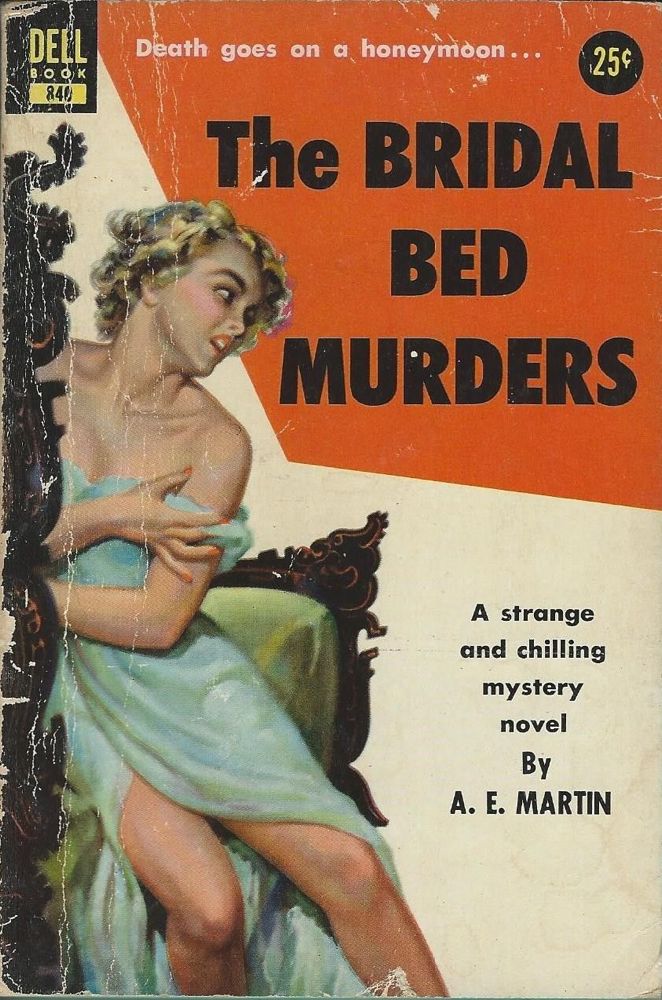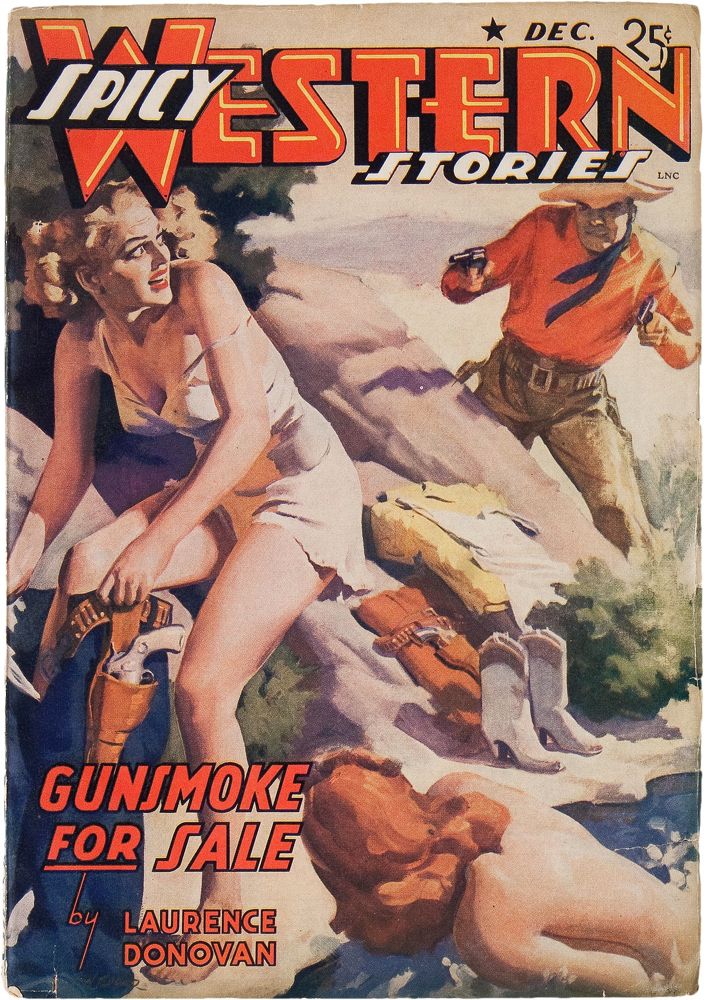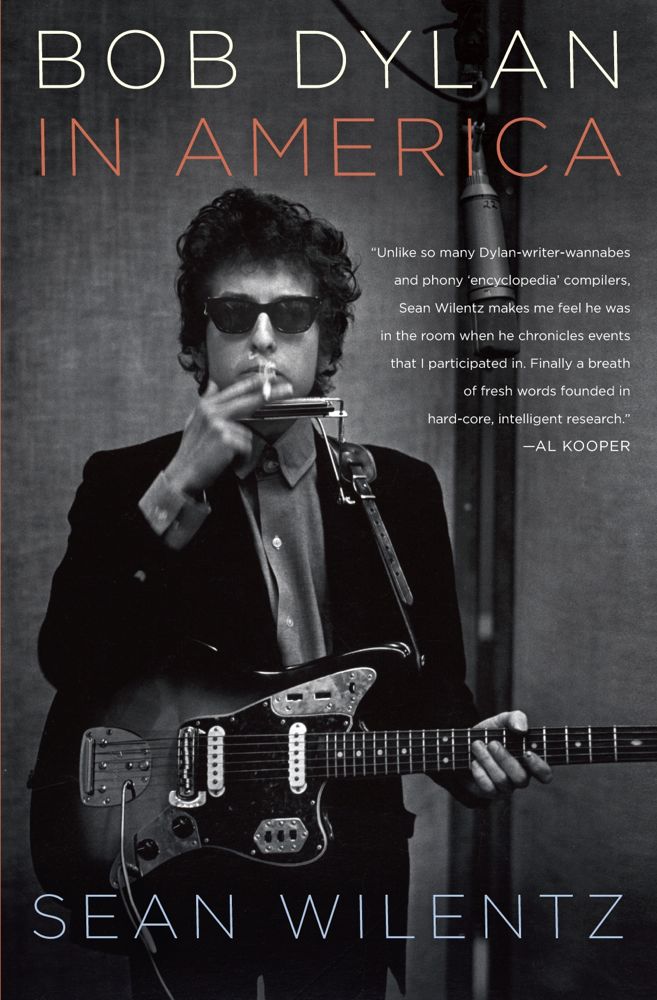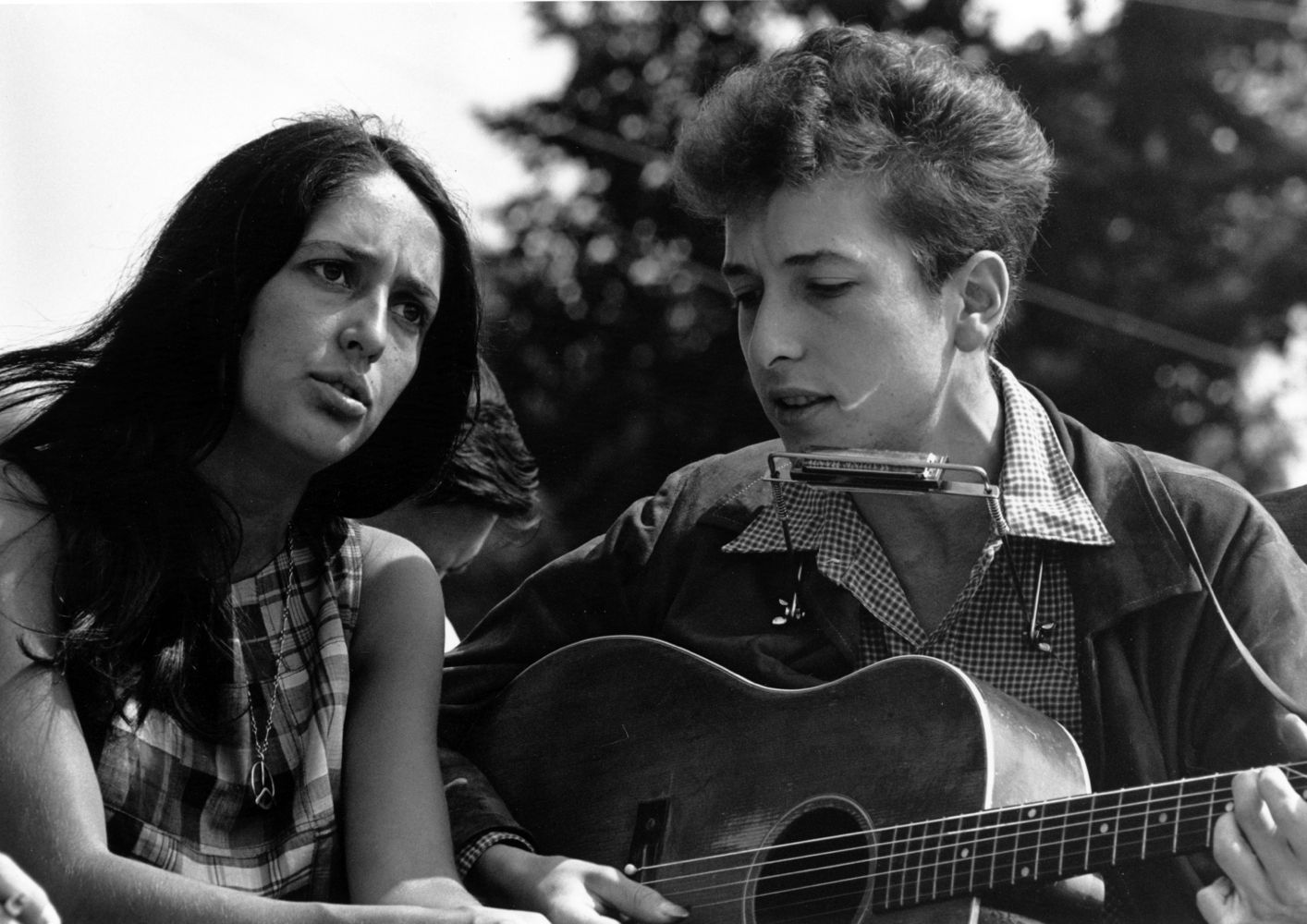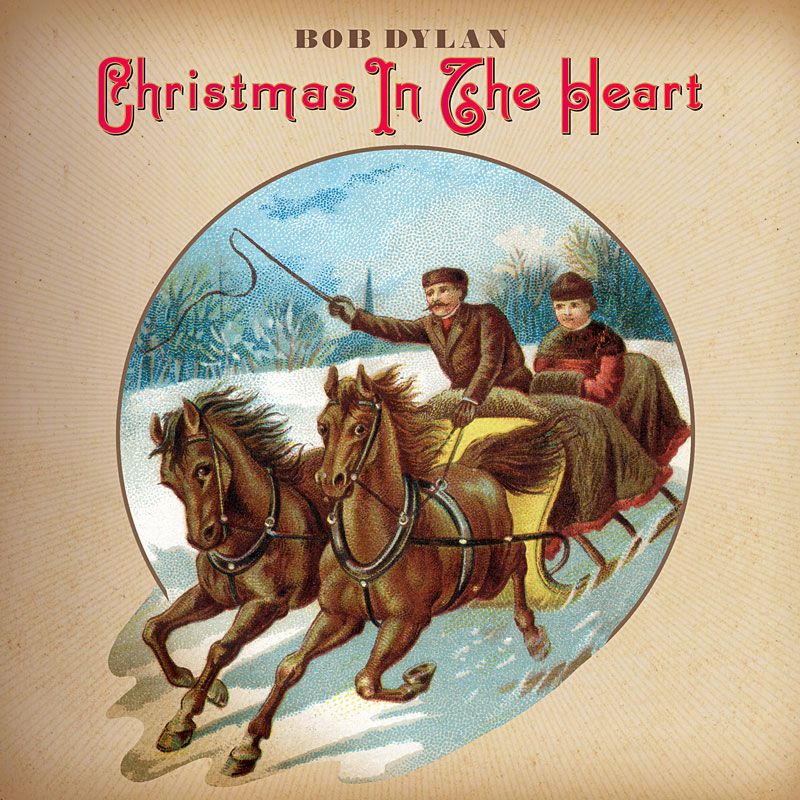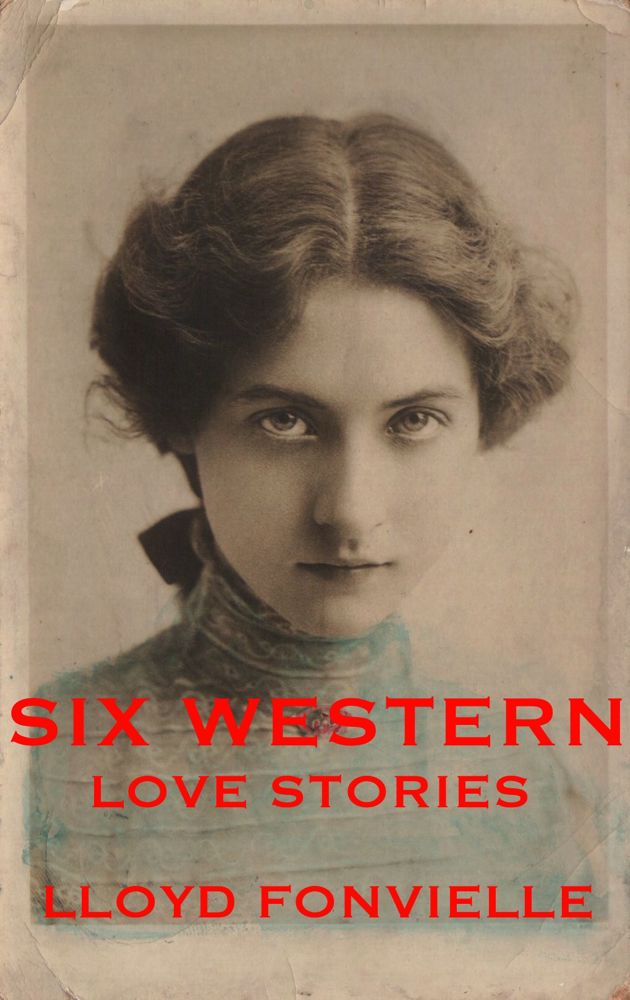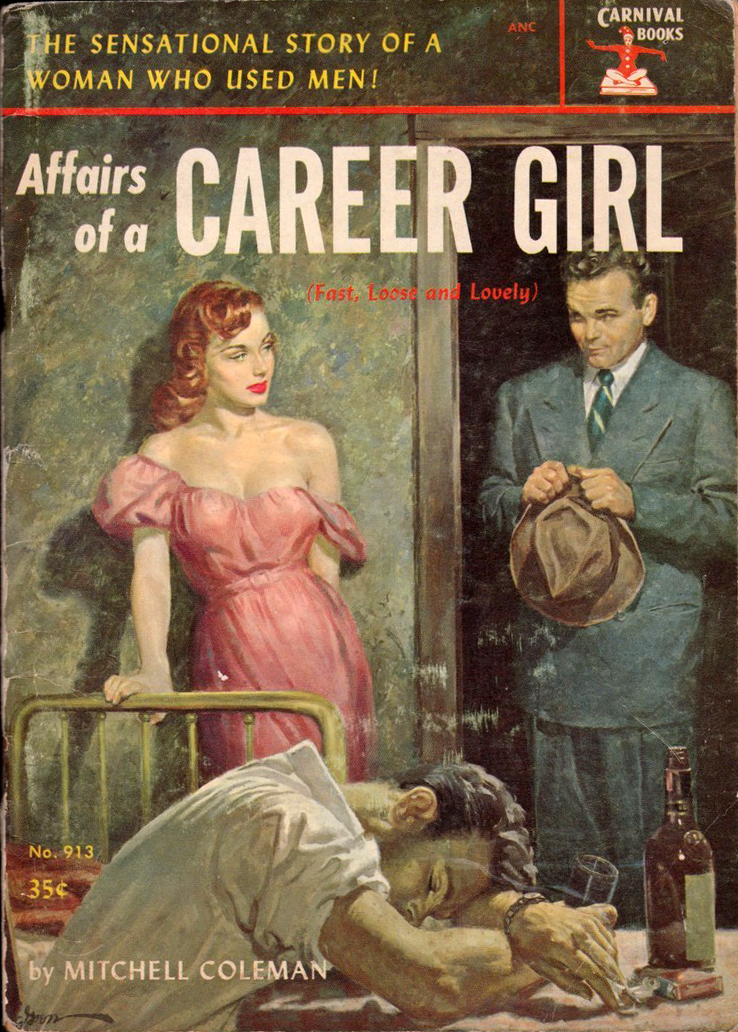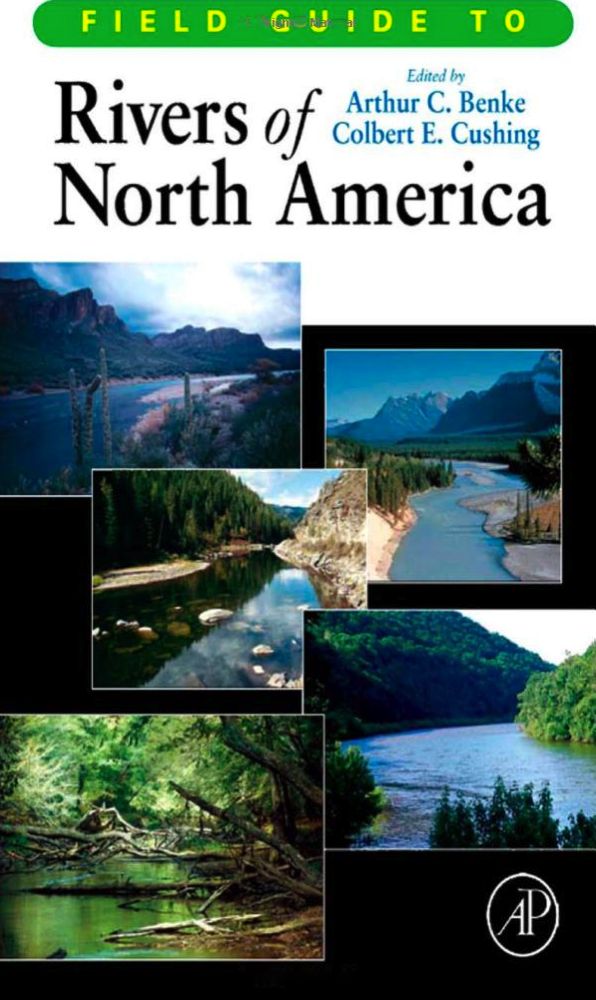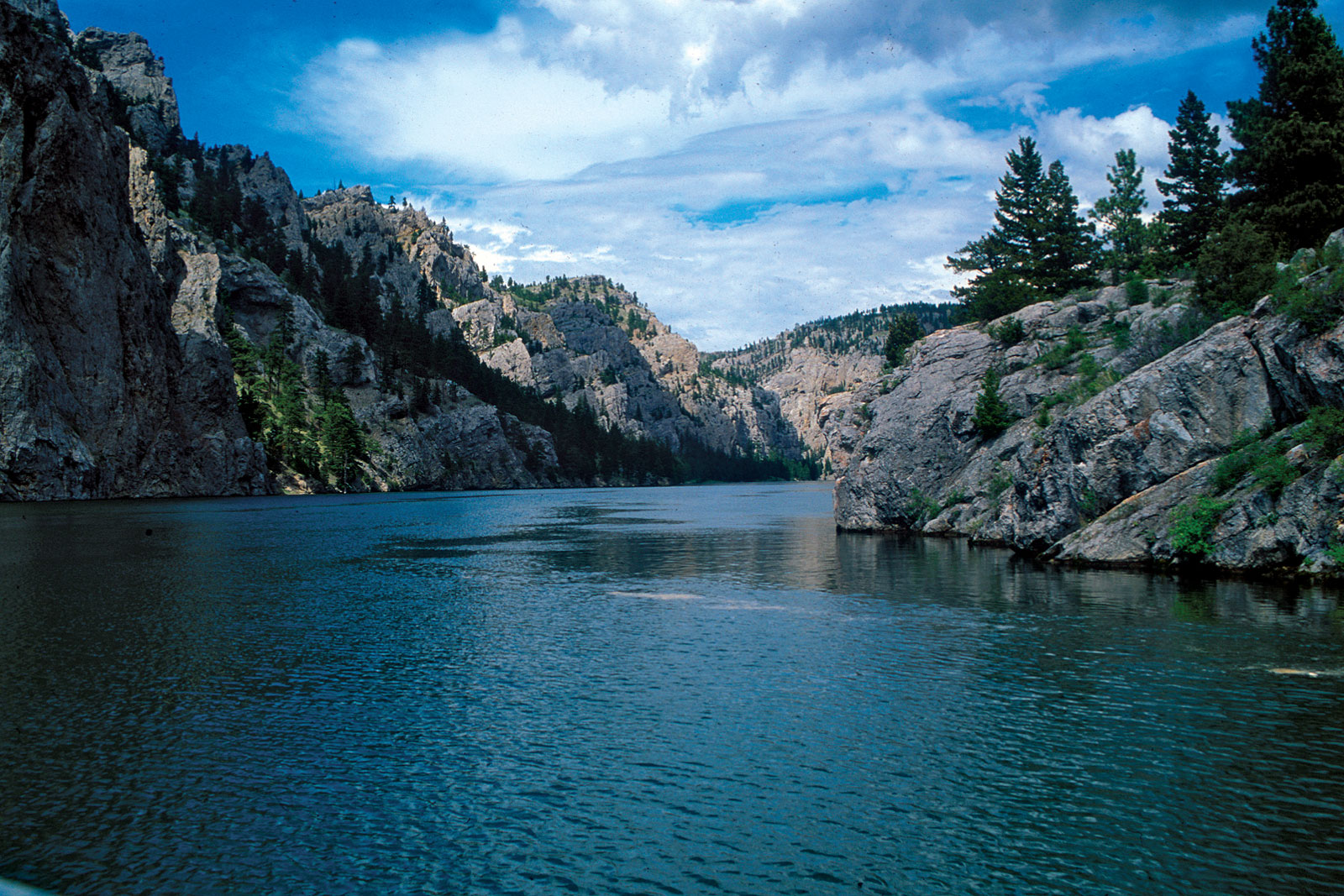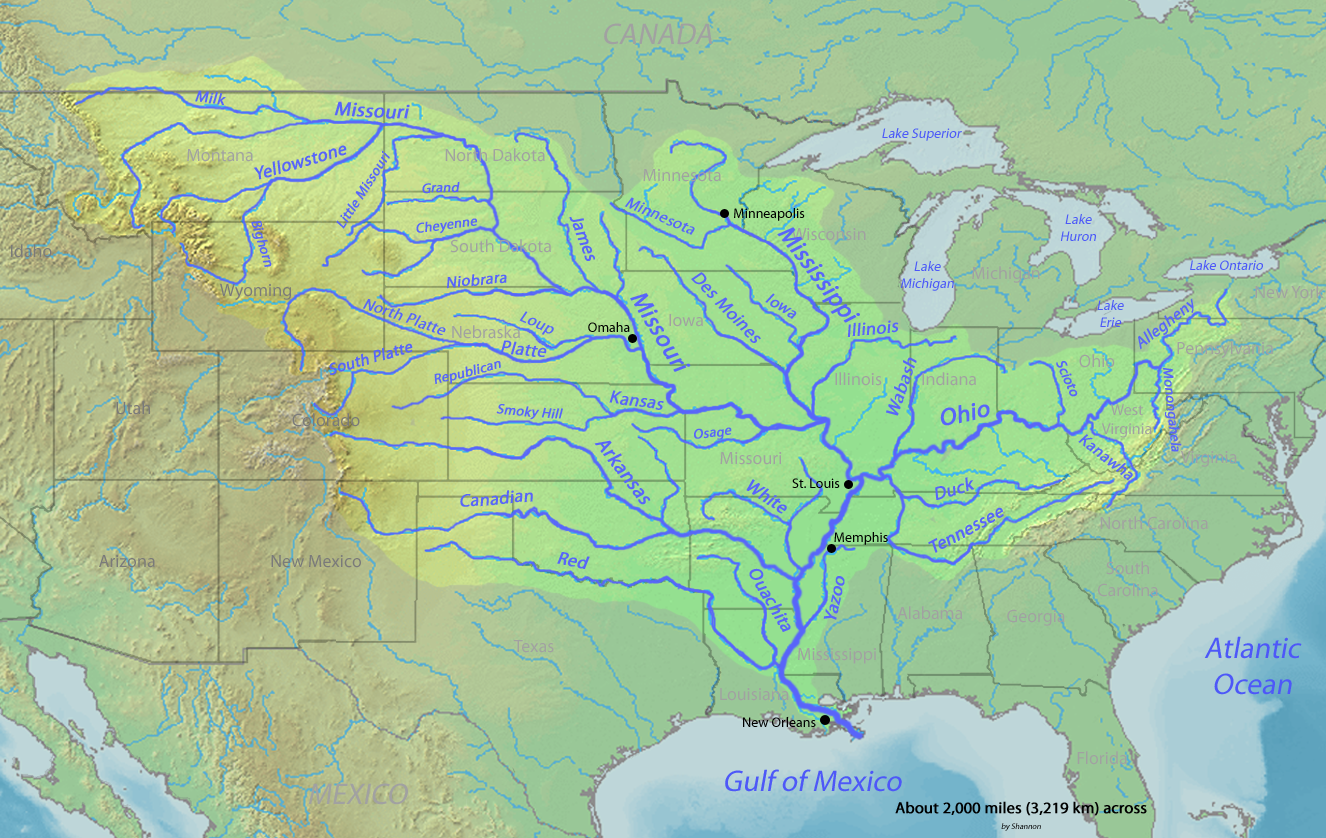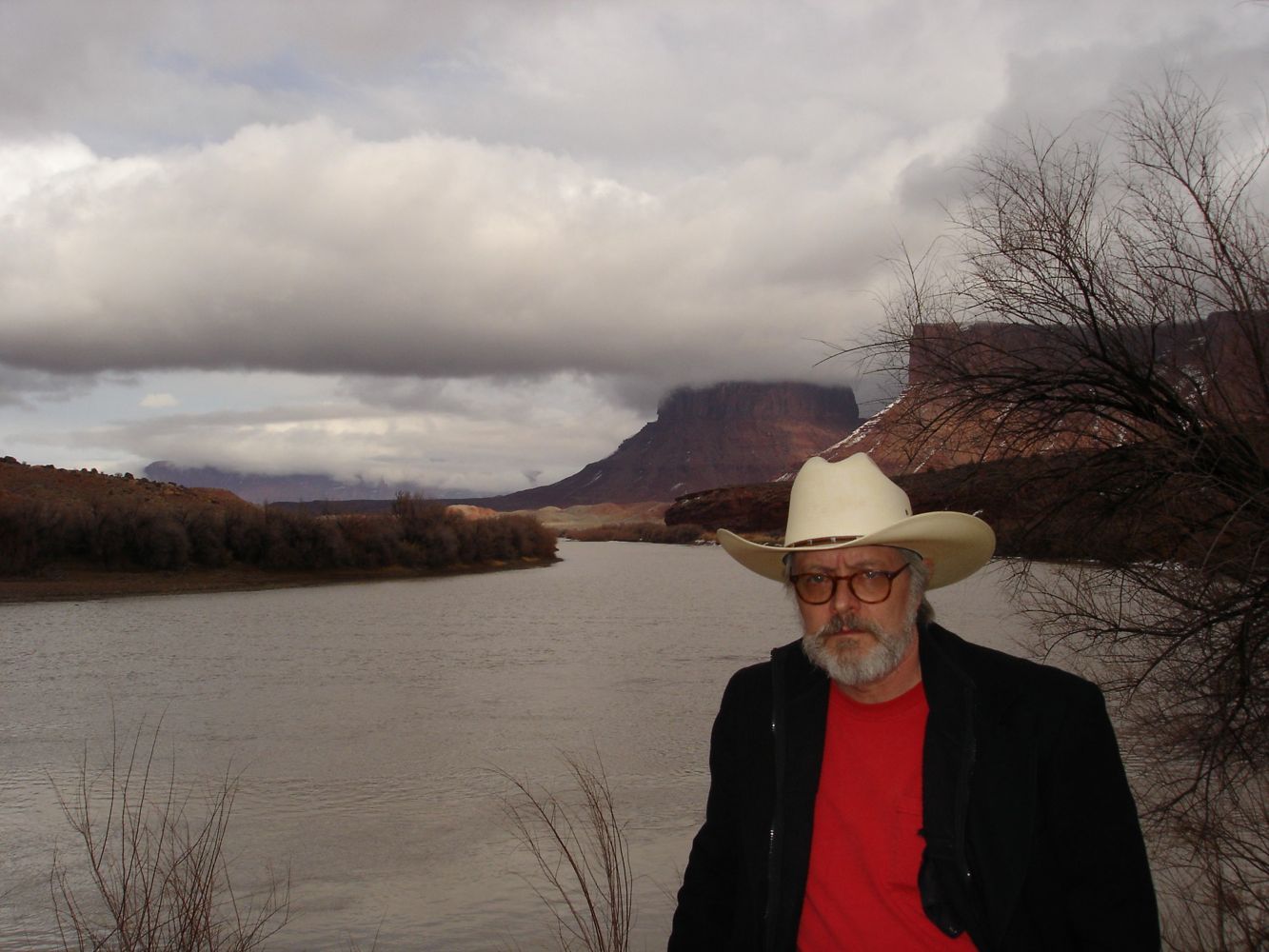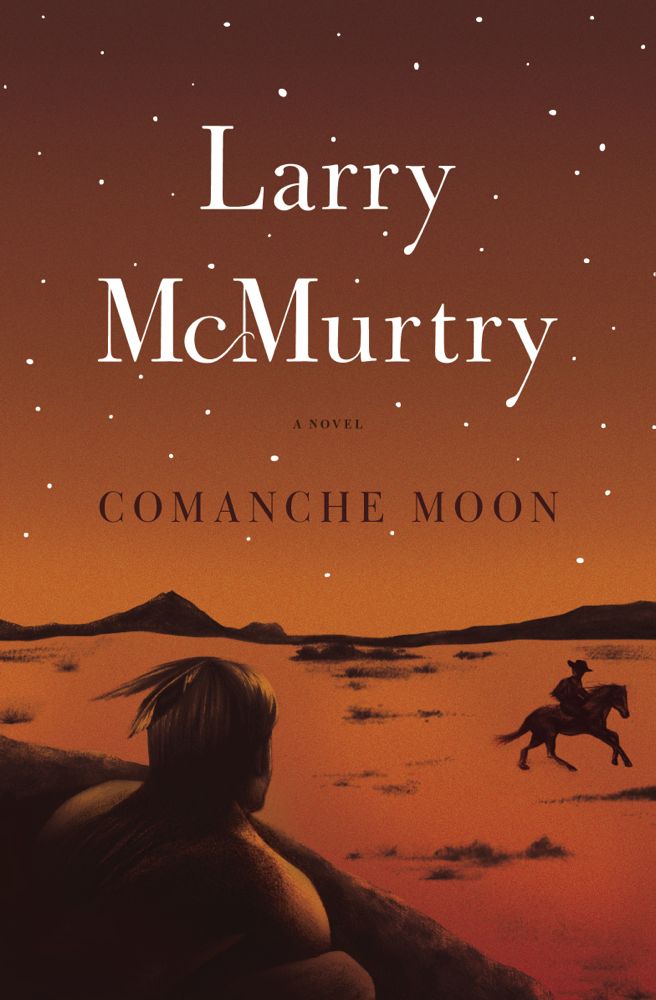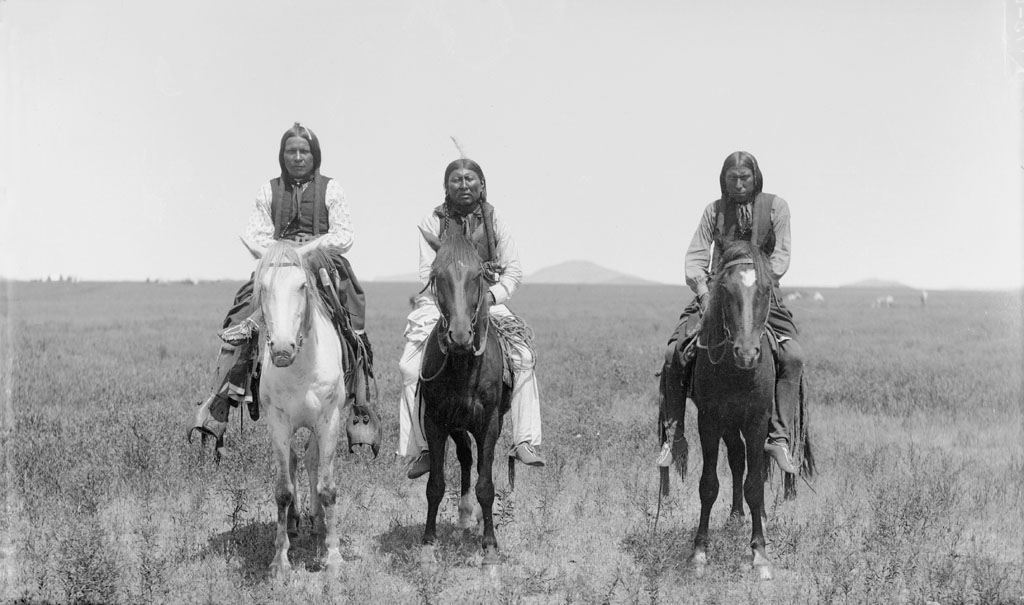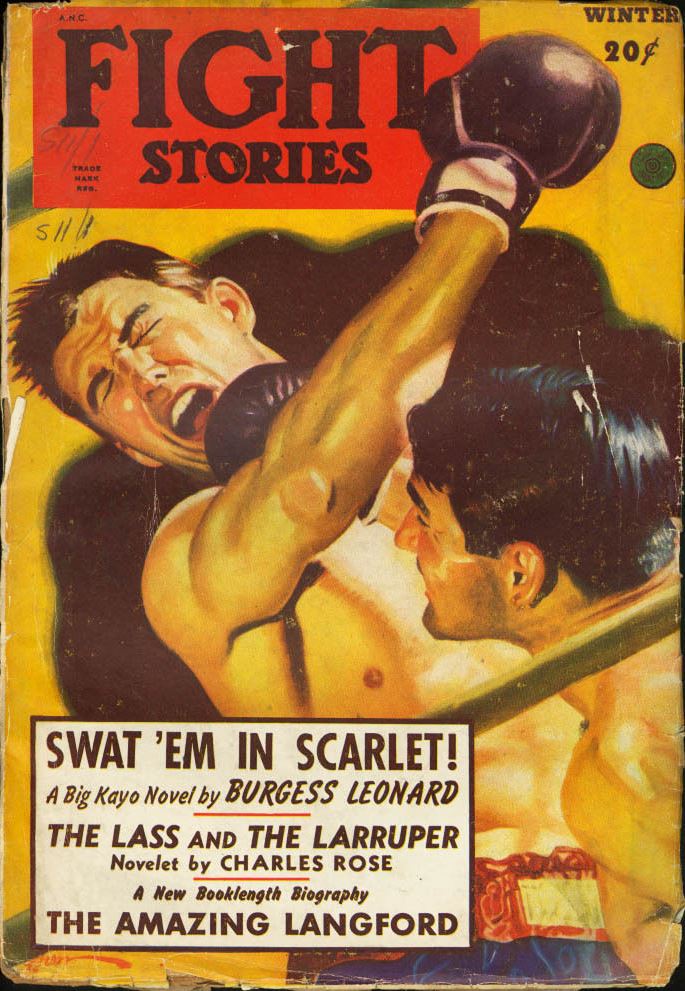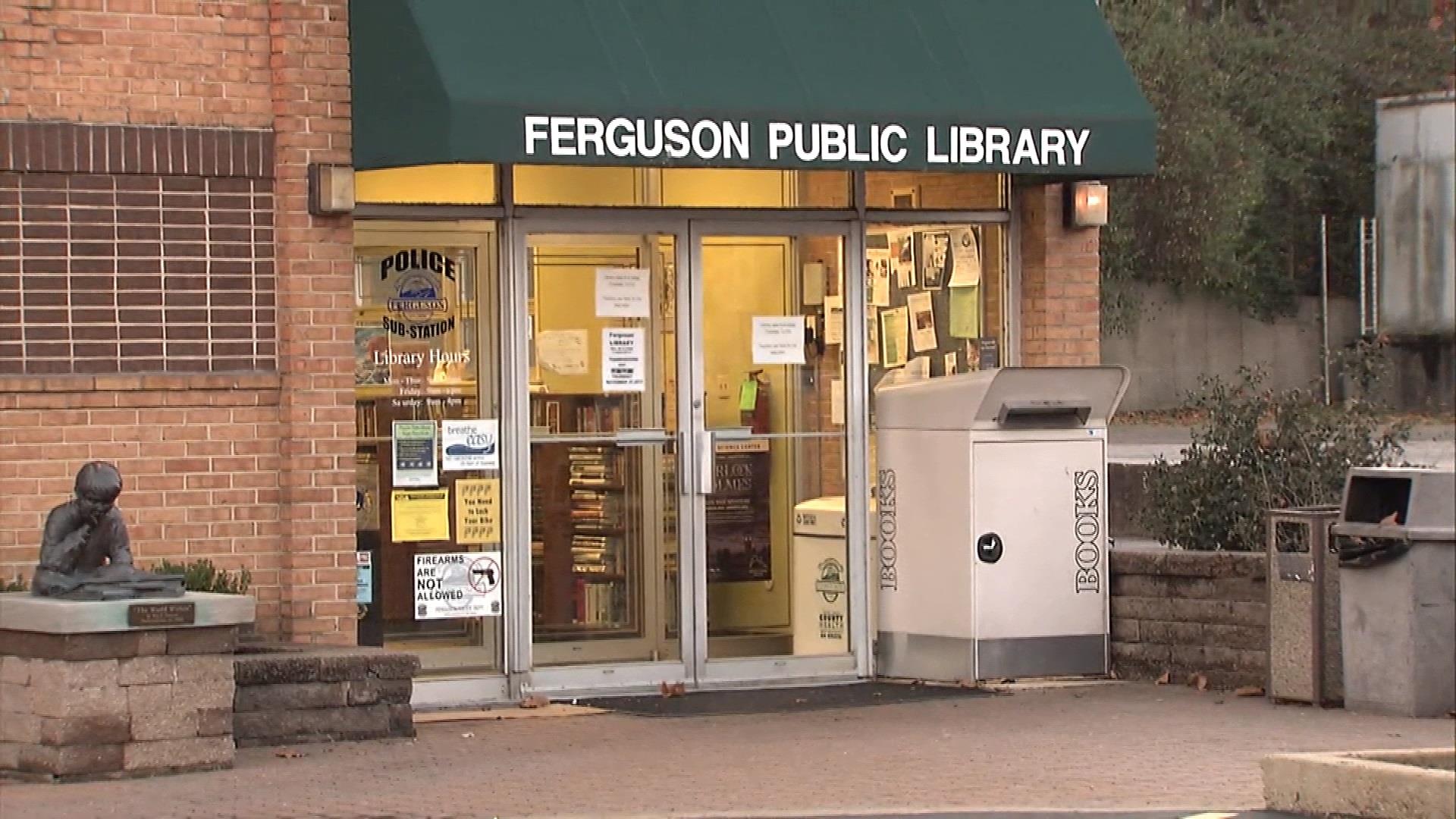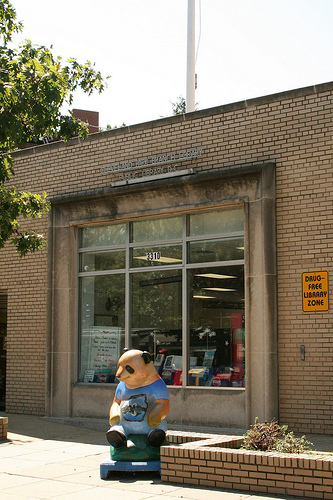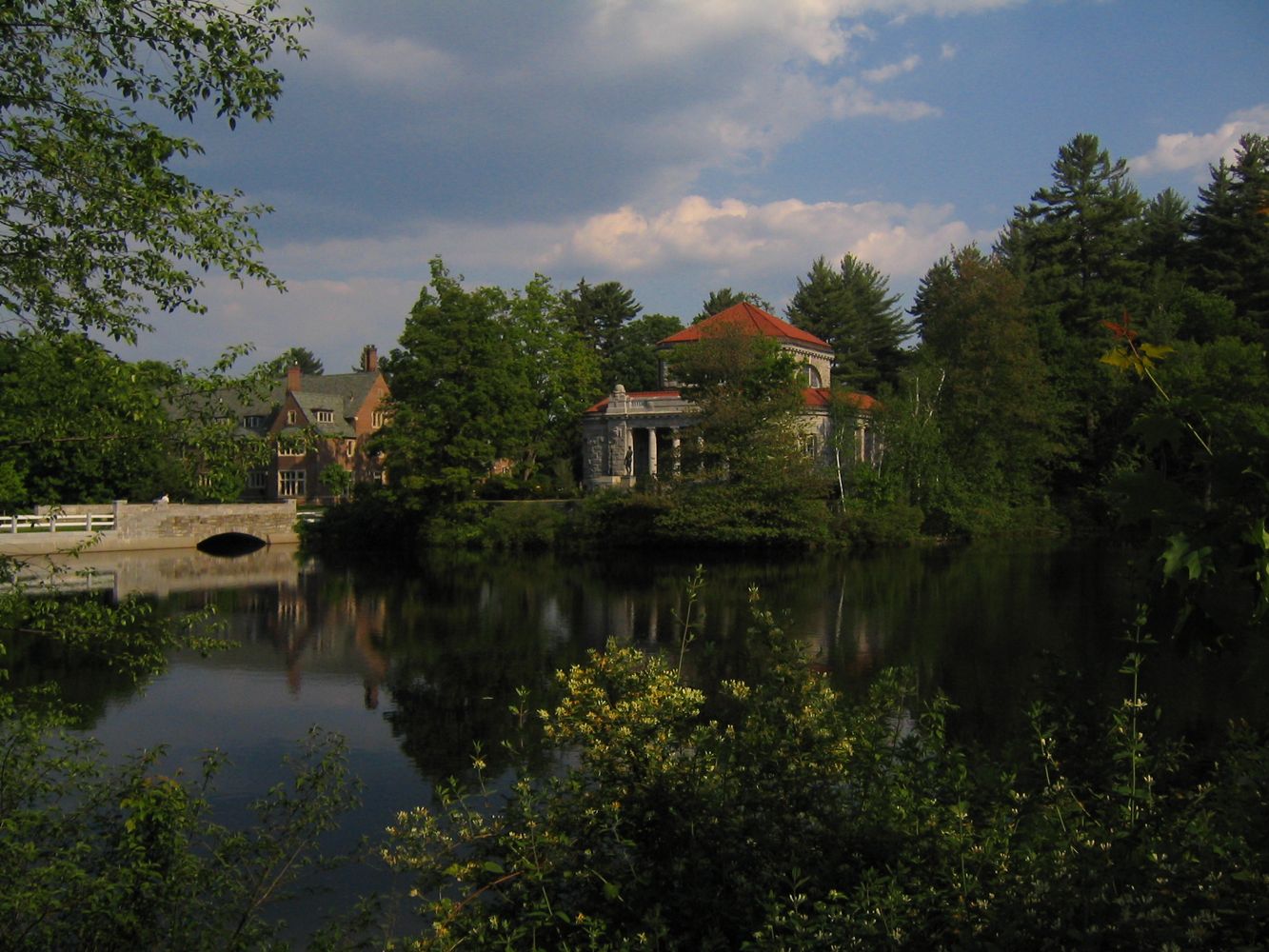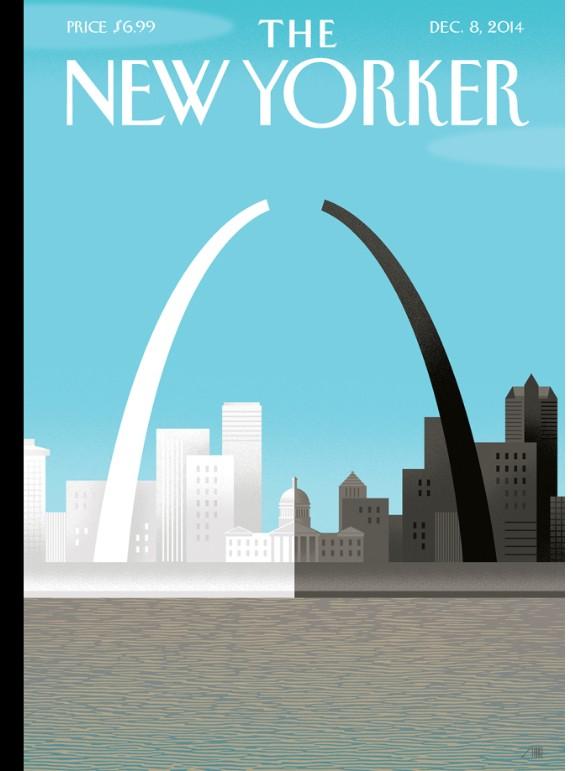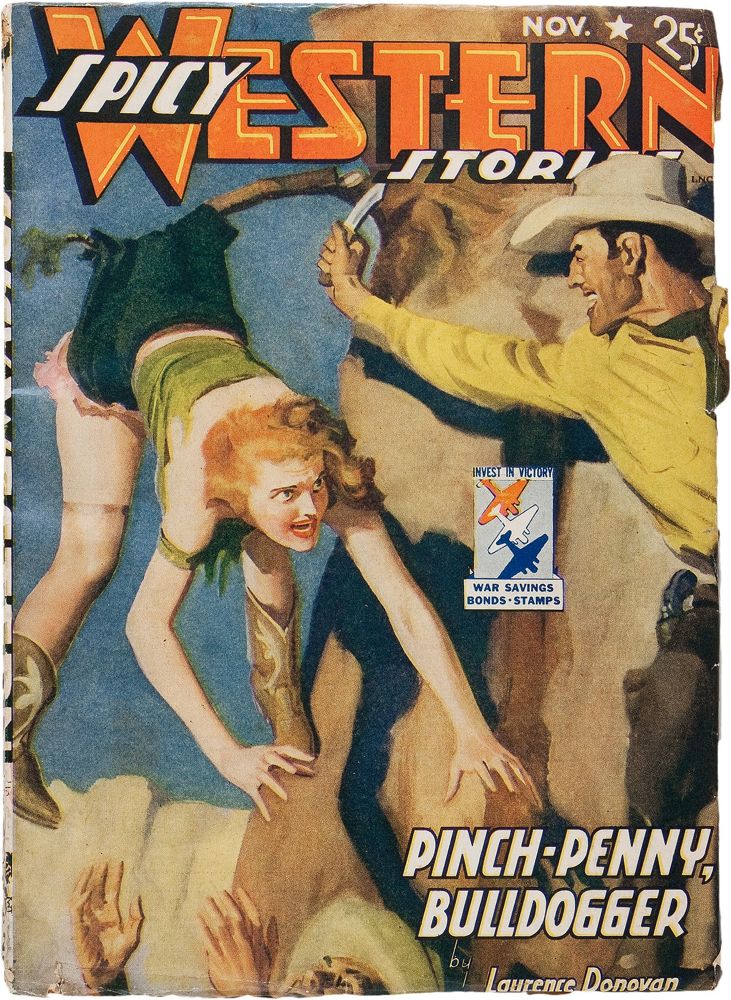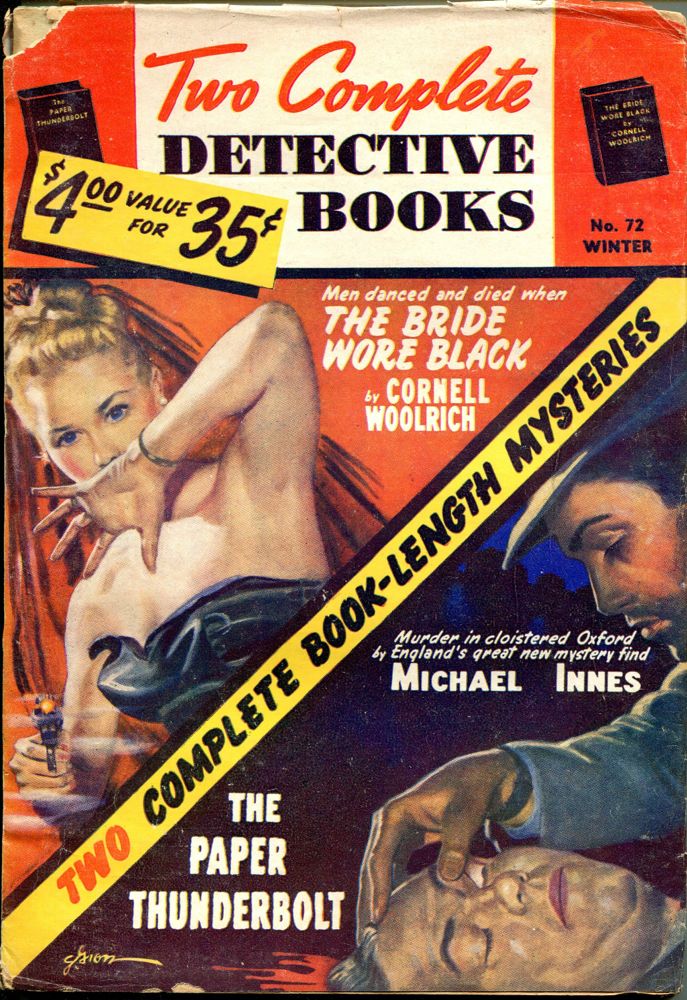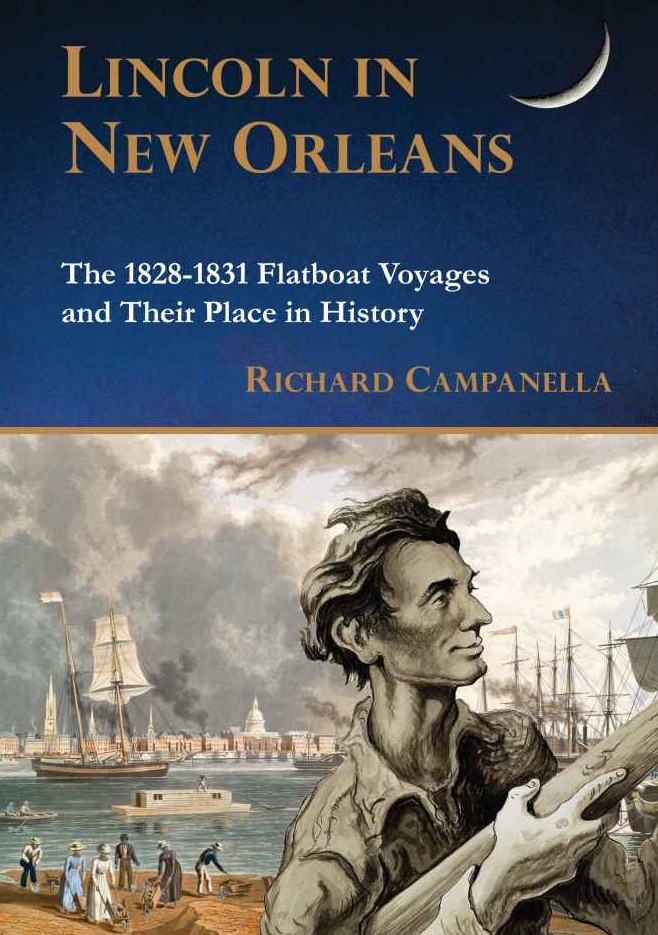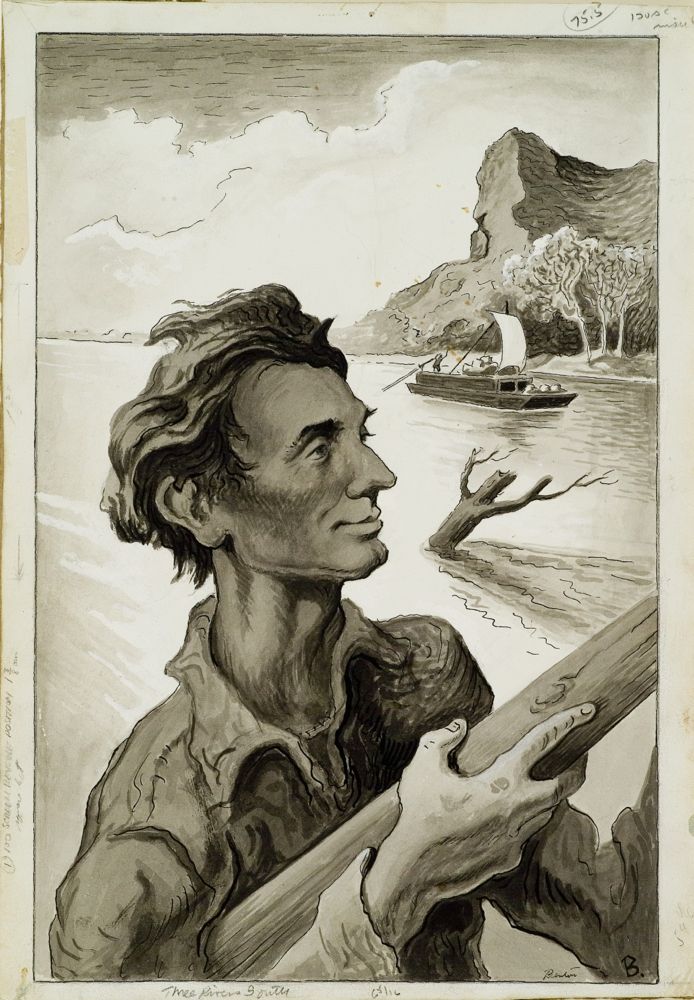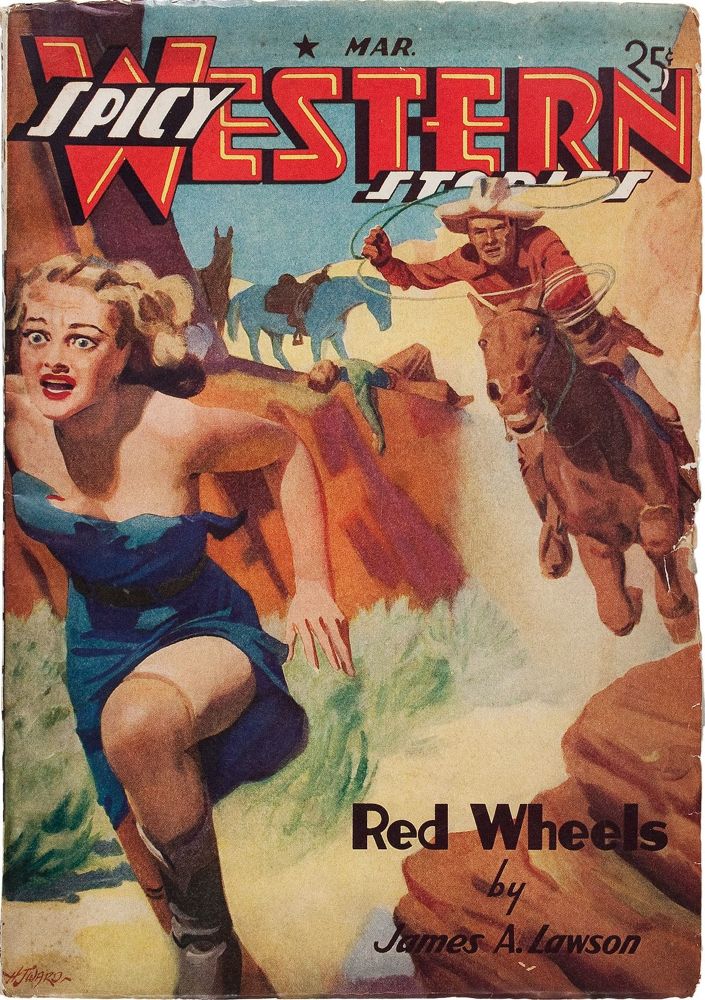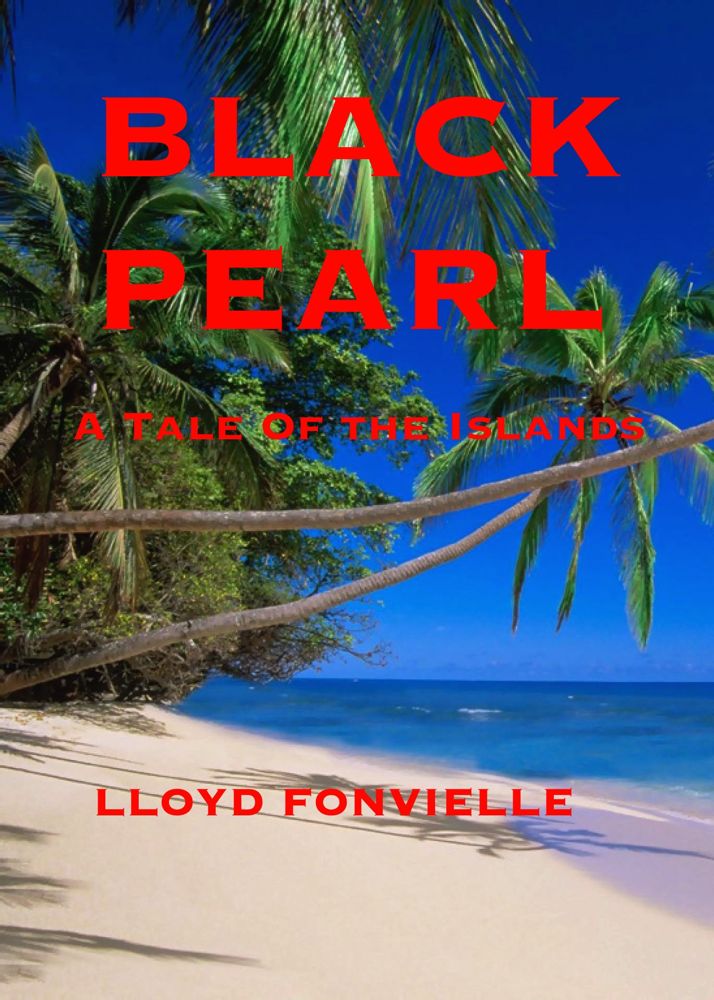Category Archives: Books
A PULP WESTERN COVER FOR TODAY
BOB DYLAN IN AMERICA
The cultural influences on any great artist are all but impossible to disentangle. They are incredibly complex and only partly conscious. Sean Wilentz, however, has taken a brave stab at the task in the case of Bob Dylan in this book.
Wilentz is particularly good at evoking the aesthetic and intellectual ambiance out of which Dylan conjured his artistic personae. The direct influences may be tenuous or hard to document, but ideas are viral things — they can infect you even when you can’t pinpoint their source, because they circulate invisibly in the wind.
Wilentz’s task is made more formidable because Dylan’s art is based in the appropriation and re-synthesis of so many disparate things. Every image and idea that has ever flitted through his brain has a chance of turning up in one of his songs, transfigured or presented out of context, creating a new context. Historical elements are mashed up, as though past and present coexist, different genres and styles of American music get mixed up with each other, as do personal moods and contradictory ways of looking at the nominal subject of of any particular song, shifting from line to line.
Wilentz will identify component elements of Dylan’s art that you’ve already identified yourself, and suggest others that feel strange but plausible. The value of the exercise is simply to evoke what Dylan does — set your mind to reeling, set your heart to wondering, set your feet to dancing. In the end it’s not about what Dylan himself was thinking or feeling or evoking when he wrote the songs, but what he gets you thinking and feeling and remembering when you hear them.
I would personally take issue with some of Wilentz’s critical views. He is wise and fulsome in his appreciation of Dylan’s late-career work, but toes the general party line that none of it is as great as Dylan’s brilliant signature work from the 60s. I came of age in the glare of Dylan’s brilliant signature work of the 60s — it helped define who I am and I feel a special sort of fondness for it — but I think his late-career work, from Time Out Of Mind on, is far greater and more important.
Wilentz also writes respectfully and affectionately about Christmas In the Heart — which is more than most critics have — without fully capturing the magnificence and genius I see in that album.
In the end, though, Wilentz’s critical evaluations, spot-on as most of them are, aren’t the great virtue of his book. That virtue is reminding us to go back and listen to the songs one more time, because they change each time we hear them — because their dynamic is unstable, their centers shift . . . and we change along with them.
NOW PUBLISHED
These are not ordinary Western romances — they are as wild, as bitter, as sweet as the Old West itself . . . raunchy at times, violent at times, heartbreaking at times, pulsing with the high spirits of a rambunctious frontier:
One Kiss — the ghost of an old love visits the mind of a feckless wanderer and redeems a lifetime of regret . . .
Hidden Canyon — a silent film star makes her first Western on location in Arizona and learns about the preposterous snares of Hollywood and the hard-bitten charms of a real cowboy . . .
Decline and Fall — a man carries a book in his saddlebags and reads it over and over again, until he finds a woman who understands why . . .
Young Love — a sixteen year-old preacher’s son and a twenty-two year-old whore discover the miracle of impetuous flapdoodle . . .
Romance — a clueless outlaw courts a respectable schoolmarm and nearly pays for it with his life . . .
My Hero — a fourteen year-old girl is rescued from hopeless servitude by a fearless gunfighter, who teaches her what true gallantry is . . .
Only 99 cents for the lot — available at the link below for the Kindle or for the free Kindle Reading Apps that work on almost any computer or portable device:
A PULP PAPERBACK COVER FOR TODAY
THE RIVERS OF AMERICA
They all got out of here any way they could —
The cold rain can give you the shivers.
They went down the Ohio, the Cumberland, the Tennessee,
All the rest of them rebel rivers.
— Bob Dylan, “Floater”, from Love and Theft
Until the triumph of the railroads and then the automobile and airplanes, rivers were what knit America together. Horses and shoe leather could get you just about anywhere but rivers opened up the continent to settlement and trade on an epic scale.
When you read the history of America before the Civil War almost all of it centers around rivers, which watered the fields cultivated by settlers but also gave them routes for trading what they grew in distant places and pathways into the interior of the continent, where — who knows? — things might be better. They inspired and enabled the wanderlust that was always part of the American character.
Today our rivers are mostly tamed by flood-control projects, dammed up to produce electricity, fouled by waste of one sort or another, but they’re still here — ghost highways into the past.
The handy book pictured at the head of this post is a terrific guide to the river systems of North America, the vein-like patterns that once limned the possibilities of exploration and migration. It’s good to remember them because in remembering them we remember who we are and how we got where we are.
The mighty Colorado no longer empties into the sea, its water having been diverted for various purposes on its way there, but up north, in places, it looks the way it looked to the first Native Americans and the first European explorers who ever saw it — and it’s still a sight that can stir the heart.
Click on the images to enlarge.
COMANCHE MOON
In terms of internal chronology, this is the second in Larry McMurtry’s four-book Lonesome Dove saga, coming just after Dead Man’s Walk and just before Lonesome Dove itself. It was the fourth novel in the series McMurtry wrote and published, after Dead Man’s Walk.
I found Dead Man’s Walk disappointing. I felt that the humor of Lonesome Dove, wry and earthy, had gotten a bit formulaic and that the incidents of the tale, though clearly inspired by historical fact, strained too hard for mythic effects.
McMurtry got back on track with Comanche Moon, however. It’s a rip-roaring adventure, both romantic and harrowing, whose humor and narrative feel authentic, true to McMurtry’s vision of the Western frontier and of the characters who inhabited it.
Click on the image to enlarge.
It doesn’t have the grand emotional architecture of Lonesome Dove — its narrative wanders around a bit towards the end — but it has a grand theme that ties it all together . . . the passing of the traditional Comanche way of life and thus the way of life of the Texas Rangers who were once mostly concerned with fighting the Comanches.
The Rangers and the Comanches slowly become ghostly mirror images of each other as the world moves on in ways they aren’t prepared to accept.
I can’t say that Comanche Moon equals, or even approaches, the majestic perfection of Lonesome Dove — it would take quite a book to do that — but it’s a damn good novel, humane, especially with regard to its Indian characters, moving and consistently entertaining.
A PULP MAGAZINE COVER FOR TODAY
A LIBRARY
I spent some of the happiest times of my youth in public libraries. I loved books, and I never lost my wonder over the fact that I could go someplace and find hundreds of books to browse through and the even more amazing fact that I could take any of them I wanted home to read.
Above is one I spent many hours in when I was a kid in Washington, D. C., in the Cleveland Park section of the city.
The public libraries were open to all but I felt totally at home in them, as much as I felt at home in my family’s living room. I felt as though they existed just for me. As civic institutions go, it just doesn’t get much better than public libraries.
I went to a prep school with high academic standards but I got half my education, at least, at the excellent school library (above, with the red roofs), checking out and reading whatever I wanted to read.
The Ferguson Public Library, which has stayed open through the troubles there, gives me hope — a center of quiet and peace and reflection and inquiry and knowledge in a town wracked with grief and rage and plain bewilderment. The library has been on the news a lot and it has been deluged with contributions — so many that it may be able to hire a second full-time staff member. It currently has one, plus a lot of volunteers.
I just sent a small contribution myself, and you should, too, here:
Ferguson Municipal Public Library
It’s not much to do, in the big picture of things, but it’s something, and it’s real.
I don’t know where we’re going to find the keystone to finish the arch above, but I’m sure we’ll find some clues about it down at the library.
COMING SOON
A PULP WESTERN COVER FOR TODAY
A PULP PAPERBACK COVER FOR TODAY
LINCOLN IN NEW ORLEANS
In his youth, Abe Lincoln made two flatboat trips down the Mississippi River (from Indiana and Illinois respectively) to New Orleans. They were formative experiences in many ways, Lincoln’s only visit to the Deep South, where he got a glimpse of slave markets in New Orleans — by far the biggest city he’d ever seen up to that time.
You might not think that a book devoted exclusively to those trips would be exciting, but this one is, surveying all that’s known of the trips from the documentary record and filling in what’s not known with a wealth of detail about river commerce and river navigation on the frontiers of America in that time, the landscapes and the settlements Lincoln would have seen.
Some of the information offered is extremely detailed, indeed — such as step-by-step instructions for building a flatboat — but the book vividly evokes a strange and exhilarating time in America, and the dreamlike journeys on rivers that helped build the nation.
A PULP WESTERN COVER FOR TODAY
NEW AMAZON CUSTOMER REVIEW
Captivating novella takes you from the the south seas to NYC and back again
So I was on a plane somewhere above the flat states. I’d done a little work. My peanuts were long gone, and I still had a couple hours to kill.
I turned on my Kindle . . .
. . . and found my perfect afternoon diversion: Black Pearl.
What an enjoyable read it was. The pacing and plot twists kept my attention, and I also love that this novella absolutely defies neat categorization: there’s a big crime/noir/thriller angle, but also paranormal elements and even a heart-tugging love story thrown in for us romantics. Highly recommend to anyone looking for fun, readable entertainment that is long enough to give you that mental getaway you crave, yet short enough that you can go start-to-finish in a single sitting.
For all the reviews and book details, go here:

